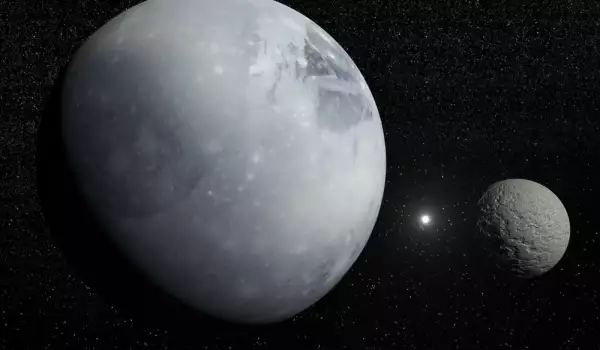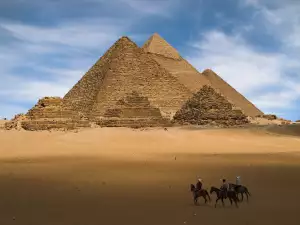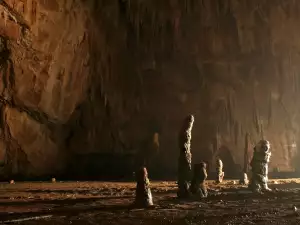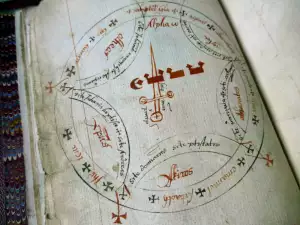The New Horizons team sheds light on the 10 least unexpected discoveries about Pluto and its satellites. They were found during the craft's flyby of the planet in July of this year.
The 1st space surprise is that Pluto is larger than Eris - the other challenger for the title of largest object in the Kuiper belt. It turns out that Pluto's diameter is an entire 21 mi (34 km) wider.
Another surprise was that the spacecraft found no additional satellites around the planet, aside from the currently known Charon, Nix, Hydra, Kerberos and Styx, which were discovered some time ago by Hubble. Scientists said that they were expecting New Horizons to find at least a few more satellites.
What further shocked the research team was the presence of mountains on Pluto, 2 - 2.5 miles high, composed not of rock but of water ice. It was believed that this planet was cold and was often labeled as "dead".
Most astounding to scientists were the 1st pictures that New Horizons sent back after its flyby of Pluto. It turns out that the surface of the planet is much different from that of its largest natural satellite - Charon.
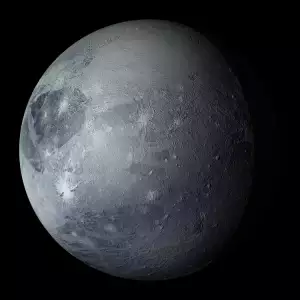
Pluto's mountains are surrounded by sandy formations of hydrocarbons. This indicates that its atmosphere was much more dense at some point and powerful winds had formed dunes - quite an unexpected discovery for the science community.
What scientists have come to label as the 5th wonder of Pluto is the blue sky and thin layer of hydrocarbons in the planet's atmosphere. After seeing this, they immediately realized that Pluto is our 2nd Mars.
But scientists are disappointed about another find. There are no traces of geysers or other ongoing geological activity on the planet. What is interesting is the Sputnik Planum plain. Unlike the other formations on the planet, it is smooth and thousands of miles wide.
There are no signs of any craters anywhere on the plain, leading scientists to believe that it had formed relatively recently - just 100 000 years ago. Even more wondrous were the rivers of nitrogen ice that flow along the bottom of the Sputnik Plain.
New Horizons will continue sending information for another 10 months. Scientists are categorical that the new pictures and data they'll receive will provide even more interesting info on Pluto and its satellites.
